Description
In-wall amplifiers, also known as in-wall audio controllers or in-wall audio amplifiers, are audio amplification devices designed to be mounted inside the wall or in a wall-mounted enclosure. They are specifically engineered for providing audio amplification and control in installations where space-saving and discreet integration are desired. In-wall amplifiers are commonly used in residential and commercial audio systems, including multi-room audio setups, distributed audio systems, and background music applications.
Here are some key aspects and features of in-wall amplifiers:
Space-Saving Design: In-wall amplifiers are designed to be installed within the wall, allowing for a clean and uncluttered appearance. This saves space and eliminates the need for external amplifiers or equipment racks, making them ideal for installations where aesthetics and space considerations are important.
Amplification and Power Output: In-wall amplifiers incorporate built-in power amplifiers that provide the necessary amplification to drive connected speakers. They are typically designed to deliver lower to moderate power outputs suitable for driving in-wall or in-ceiling speakers in residential or small commercial installations.
Integration with Wall Controls: In-wall amplifiers often feature integrated control panels or interfaces that allow for easy control of volume, source selection, and other audio parameters directly from the wall-mounted unit. This eliminates the need for separate control panels or remotes, providing a centralized and user-friendly control solution.
Source Inputs and Connectivity: In-wall amplifiers offer various input options to connect audio sources such as media players, streaming devices, or audio distribution systems. They may include analog RCA inputs, digital inputs (such as coaxial or optical), and sometimes even wireless connectivity options like Bluetooth or Wi-Fi for streaming audio wirelessly.
Zone Control and Distribution: Some in-wall amplifiers support zone control and distribution, allowing for different audio sources and volume control in multiple zones or rooms. This enables independent audio playback and control in different areas of a building or home.
Mounting and Installation: In-wall amplifiers are designed to be mounted directly into the wall, usually within a specialized wall-mounted enclosure. This requires professional installation and wiring by a qualified technician to ensure proper electrical connections and comply with building codes.
Compatibility with In-Wall Speakers: In-wall amplifiers are commonly used in conjunction with in-wall or in-ceiling speakers, as they are designed to drive these types of speakers efficiently. They often provide the necessary power and impedance matching to optimize the performance of these speaker types.
In-wall amplifiers provide a convenient and streamlined solution for powering and controlling audio in-wall or in-ceiling speakers. They offer discreet integration, centralized control, and space-saving benefits, making them suitable for residential homes, commercial spaces, offices, restaurants, and other environments where a clean and unobtrusive audio system installation is desired.
When selecting an in-wall amplifier, it’s important to consider factors such as power output, the number of zones or rooms to be controlled, input connectivity options, control features, and compatibility with the desired in-wall or in-ceiling speakers.

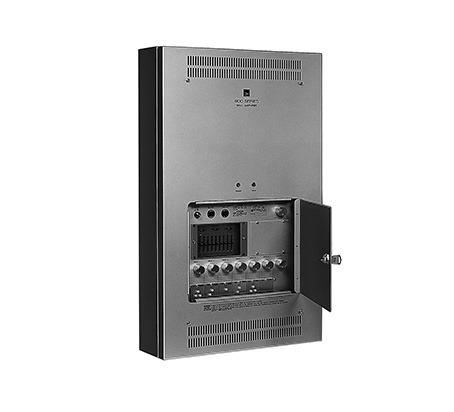
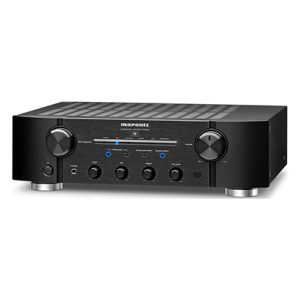
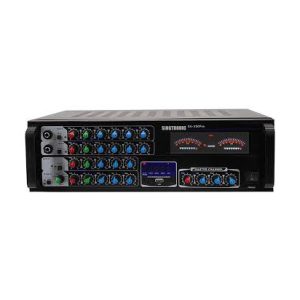
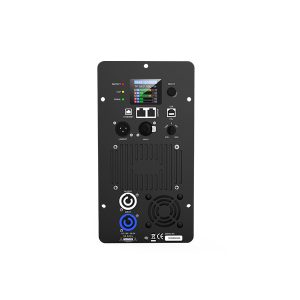
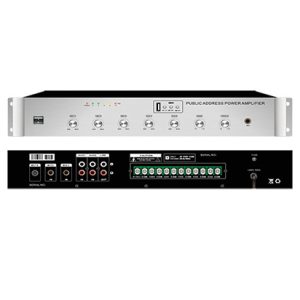
Reviews
There are no reviews yet.